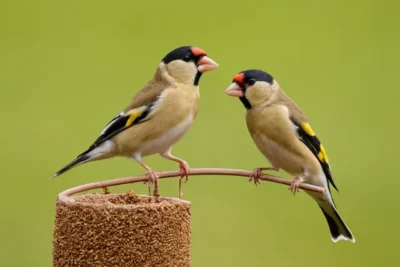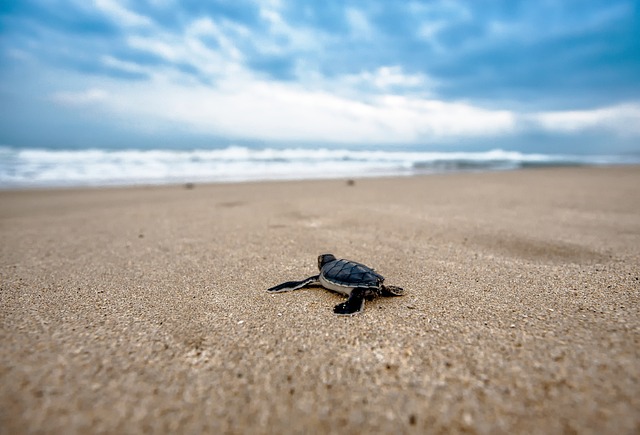



Sea turtles are fascinating creatures that inhabit the world's oceans. They have been around for millions of years and have adapted to various marine environments. One of the most interesting aspects of sea turtles is their diet. What do sea turtles eat? Let's explore their fascinating diet in detail.
Some sea turtles have a primarily herbivorous diet, meaning they mainly consume plants and algae. The green sea turtle (Chelonia mydas) is a perfect example of a herbivorous sea turtle. These turtles have a unique adaptation in their jaws that allows them to tear and chew vegetation. They feed on seagrass, algae, and other marine plants.
Seagrass beds are essential habitats for green sea turtles, as they provide them with a constant supply of food. These turtles graze on the seagrass, using their powerful jaws to tear off the blades. They play a crucial role in maintaining the health of seagrass beds by preventing overgrowth.
Unlike herbivorous sea turtles, some species have an omnivorous diet, meaning they consume both plants and animals. The hawksbill sea turtle (Eretmochelys imbricata) is a prime example of an omnivorous sea turtle. These turtles have a more varied diet, feeding on sponges, jellyfish, mollusks, crustaceans, and even small fish.
Hawksbill sea turtles have a unique beak-like mouth that allows them to reach into crevices and cracks to extract their prey. They use their sharp beak to tear apart sponges and other invertebrates. The hawksbill's diet is crucial for maintaining the health of coral reefs, as they help control the population of sponges, which can overgrow and smother coral.
Some sea turtles have a predominantly carnivorous diet, meaning they primarily consume meat. The loggerhead sea turtle (Caretta caretta) is an example of a carnivorous sea turtle. These turtles have powerful jaws and strong muscles that allow them to crush the shells of their prey.
Loggerhead sea turtles feed on a variety of marine animals, including crabs, lobsters, shrimp, and other crustaceans. They also consume mollusks, such as clams and snails. Their diet is essential for maintaining the balance of marine ecosystems, as they help control the population of these invertebrates.
Some sea turtles have a specialized diet and primarily feed on jellyfish. The leatherback sea turtle (Dermochelys coriacea) is a prime example of a jellyfish specialist. These turtles have a unique adaptation in their throat that allows them to consume jellyfish without being stung.
Leatherback sea turtles have long, narrow mouths with sharp, pointed cusps that help them capture and swallow jellyfish. They can consume large quantities of jellyfish, which is their primary source of food. However, this specialized diet also poses a threat to leatherback sea turtles, as they often mistake plastic bags for jellyfish and ingest them, leading to serious health issues.
The diet of sea turtles plays a crucial role in their overall health and survival. Changes in their food availability and quality can have a significant impact on sea turtle populations. For example, the decline of seagrass beds due to pollution or habitat destruction can negatively affect herbivorous sea turtles, as they rely on these habitats for food.
Similarly, the consumption of plastic debris by sea turtles, mistaking it for their natural prey, can lead to serious health issues and even death. Plastic pollution in the oceans is a growing concern and poses a significant threat to sea turtle populations worldwide.
In conclusion, sea turtles have a fascinating and diverse diet. Some are herbivorous, feeding on seagrass and algae, while others are omnivorous, consuming both plants and animals. There are also carnivorous sea turtles that primarily feed on meat, and jellyfish specialists that rely on jellyfish as their main source of food. The diet of sea turtles is not only essential for their survival but also plays a crucial role in maintaining the balance of marine ecosystems. It is our responsibility to protect their habitats and ensure the availability of their natural food sources to safeguard these incredible creatures for future generations.
Related posts